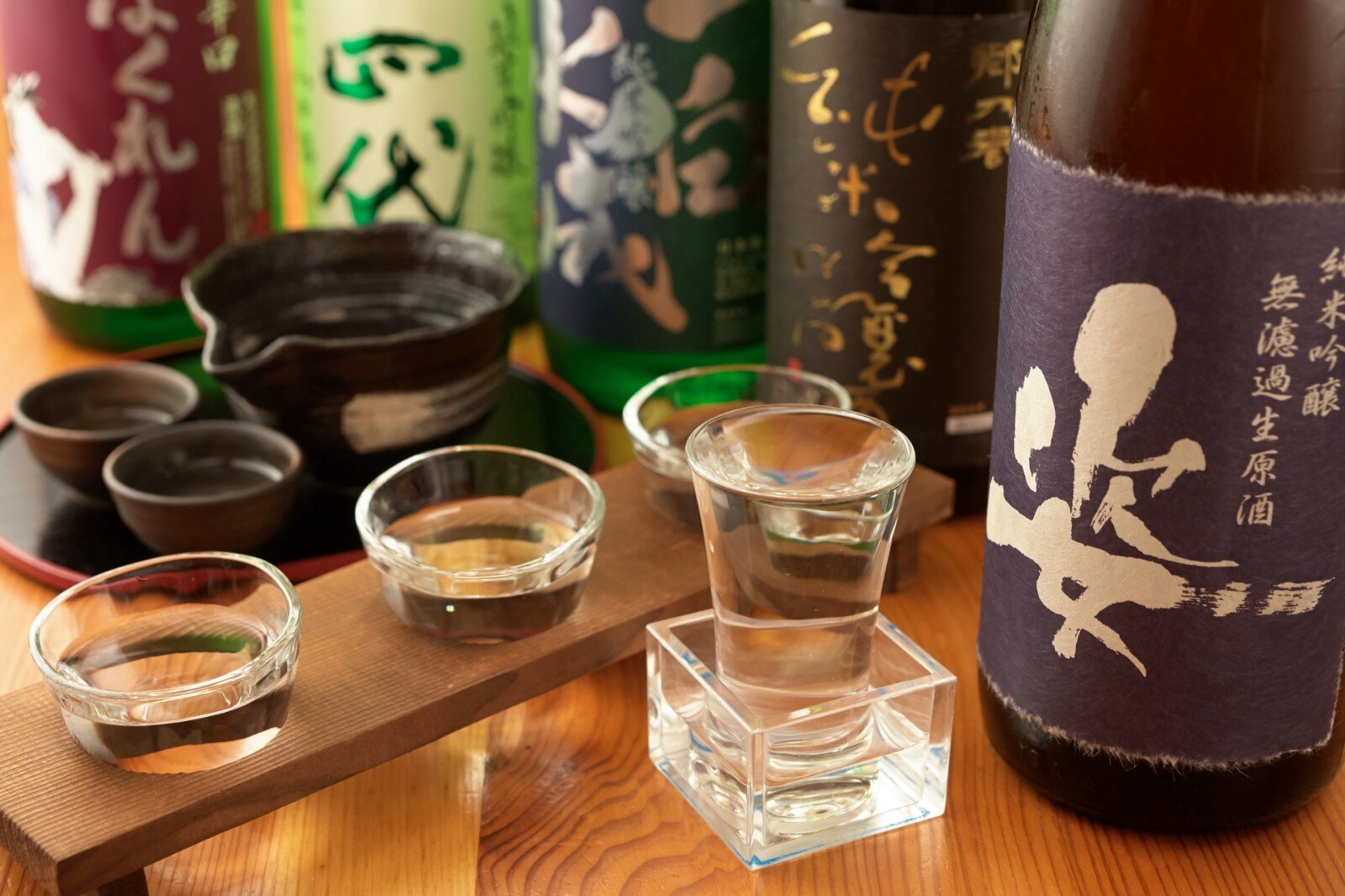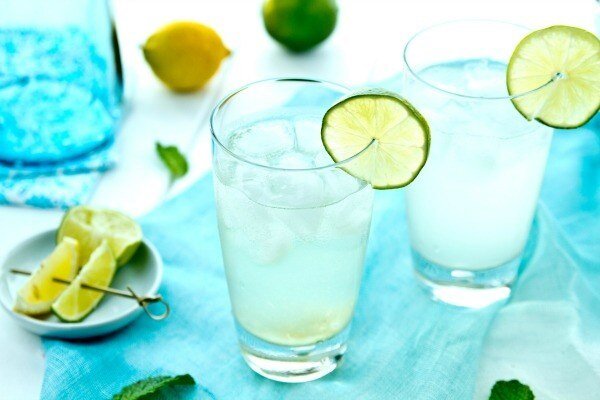Amazake is a traditional, super healthy drink served either chilled or warm. Ama means sweet and zake is sake, but there is an alcoholic and non alcoholic version to it. The non alcoholic one is made out of rice koji (fermented rice) while the alcoholic one is made from left sake production called sake lees. It’s traditionally consumed on New Years or during the Hinamatsuri (Doll Festival). Amazake has a thick white, creamy consistency to it. When the rice ferments it breaks down the carbs into simple sugars giving it a natural sweetness to it. Amazake is also considered to be the natural IV drip because of how healthy it is for you! Hungover? Drink some amazake to re-hydrate you! Try some on our Tokyo Food Tour.
Photo Credit: Just One Cookbook


















